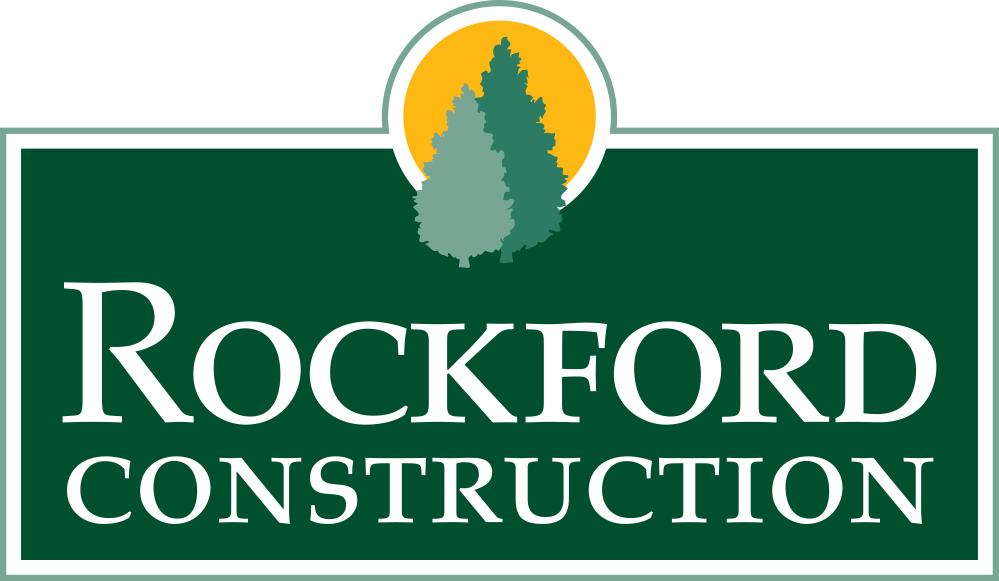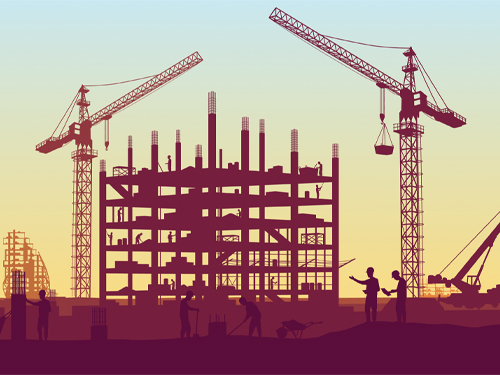
What are the Steps in Buying Land for a Multi-Family Investment?
To be successful in this type of real estate investing you will need to thoroughly understand all the steps involved in buying land on which to build a multifamily development. A topic you can read all about in detail below.
What is a multifamily property?
In real estate investing, multi-family properties are buildings or plots that house several homes. Usually, they take the form of apartment blocks, townhouses, duplexes, or condos.
However, finding multifamily real estate to buy can be a challenge. That is why many real estate investors choose to buy land and build their own multifamily properties to rent out, something that can offer excellent potential for making a profit.
Step 1: Establishing whether multifamily real estate investing is right for you?
The very first step in the process is deciding whether buying undeveloped land for multifamily investment properties is the right thing for you.
One reason that real estate investors favor multifamily residential buildings is that they offer a more predictable return. This is because condos, duplexes, and apartments provide a range of rental property options for more income and tend to rise in value over time.

You want to expand your real estate portfolio
Another reason buying land for multifamily rental properties may be the right real estate investment choice for you is that it offers a way of diversifying your real estate investment portfolio. Indeed, by having assets other than single-family properties you can safeguard against the risks that might come with a housing market crash.
You want to generate additional rental income
Investing in multifamily real estate can also be a suitable choice if you are looking to bring in additional income. This is because instead of one rental amount from a single-family home, you can generate multiple amounts at the same time from multiple tenants.
Additionally, when it comes to selling such an investment property, multifamily properties often appreciate much more than single-family homes, which means you can make more money over the long term too.
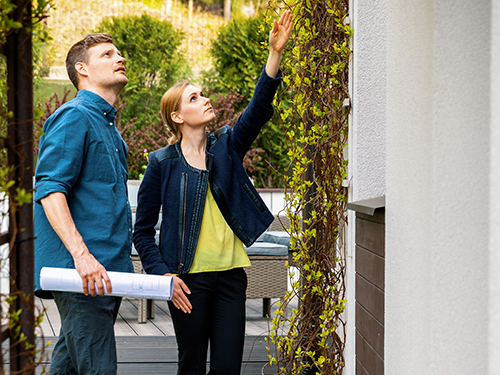
Step 2: Valuing the property
The second step in buying land for a multifamily property is to assess its value. Valuation is important for a range of reasons including investment analysis, property taxes, real estate financing, insuring properties, and sale listings.
Valuing the land and/or property is also important for other reasons. The first of these is that it helps you to establish the maximum that you are willing to bid for the plot.
Secondly, it necessitates having contractors make bids for the landscaping and building work that will need to be done, something that means you can more accurately estimate the total costs involved.
There are many ways to perform property valuations before becoming involved in multifamily investing, including assessing the viability of the project as a whole, as well as the returns it can offer compared to the costs involved.
Where some inexperienced investors fail is by not doing their due diligence in valuing the property. Indeed, if you are to complete your due diligence and have a solid investment strategy before you invest, there are several ways of calculating the economic viability of land for a multifamily real estate property you should consider.
The cost approach to valuation
The first of these methods is the cost approach. This involves assessing not only the cost of the land but the value of the overall project as well.
Generally, the cost method is based on a range of factors such as labor and materials as well as land prices. It then uses these figures to calculate the amount of money needed for building a multifamily property.
Of course, the figures involved will differ depending on a variety of factors including the type and location of the possible raw land you are considering, the type of property you wish to build, and the terms of the loan you can secure.
It pays to remember here that the terms of any loan you take out to buy land for a multifamily property will be based on three factors, the amount of down payment you can provide, the credit score of the real estate investor, and the debt to income ratio involved.


The potential income approach to valuation
The next factor that must be considered to determine whether buying raw land for a multifamily property is viable is the potential income that it could generate. By establishing the return you could see on your investment you will be in a much better position to determine how much you want to invest.
The financial provider responsible for the appraisal will use standard real estate investing calculations to work out how much income a property could make in the current market. Such calculations are important because they help you more fully understand your potential operating costs, net operating income, and the cash flow needed especially during construction.
Gross rent multiplier approach to valuation
Another way of assessing the value of any potential land/multifamily property combination is to use the gross rent multiplier approach. This approach depends on an accurate estimate of the median gross rental multiplier.
To calculate this figure you need to start with the potential price of the property and land. Then divide this figure by the expected amount of gross rent. For example, if a property would sell for $500,000, and it would bring in $5000 a month, then the gross rent multiplier would be 100.
Sales comparison approach to valuation
The last valuation type to consider is known as the sales comparison approach. This is a fairly simple approach as it just relies on looking at other comparable land and/or property combinations to establish a value. Sometimes if no property serves as a direct comparison, an appraiser may need to search for comparables outside of the current/local market to come up with a figure for the property values.
Plenty of research into comparable pieces of land, and comparable multifamily developments will help you to come up with an accurate estimate of the value of these types of rental properties. Therefore, you can go into any negotiations with your eyes open.
Other factors that play into land/property value
In addition to the approaches to valuation mentioned above, other factors can impact the value of the raw land you intend to purchase for multifamily property development.
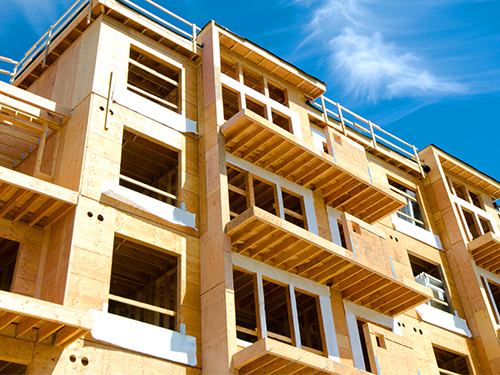
The total number of units you can build
The first of these factors to consider is how many units you will be able to build on the land. Usually the more units you can offer for rent, the higher income you can expect. This means that sites, where only two to four units can be built, may not bring in as much income compared to sites that allow two or more multifamily units, and this can affect whether it’s a viable real estate investment or not.
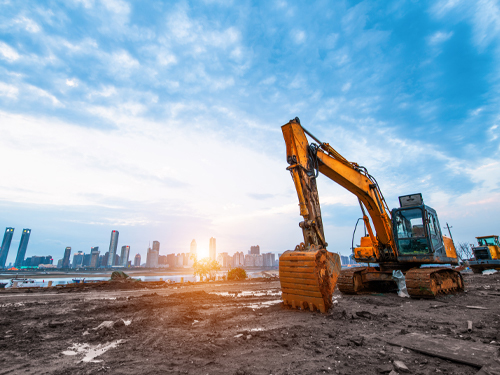
The location
In the real estate industry, location is always vitally important, and multifamily properties and the land they are built on are no exception to this rule. Indeed, locations that are well maintained and close to facilities will be in the highest demand and will be easier to lease or sell. Just ask your local real estate agents. However, the purchase price for land in such locations will also be more expensive and so this will impact the feasibility of your investment with the possibility of reducing monthly income on your new multifamily property.
Step 3: Making an offer
Once you have assessed whether investing in the land to build a multifamily property is viable, and determined the value of your potential investment, you will want to make an offer. There are many things to consider at this stage, the first of which is choosing a suitable lender to finance your offer.

How to choose the right lender?
Buying raw land on which to build apartment buildings or multifamily properties is not like the traditional single-family unit buying process. Therefore, it requires that you find the right lender. In this case, it will be one that specializes in financing for land rather than pre-constructed buildings, or a lender that offers to finance real estate investment.
Of course, it can be tricky to find such lenders in your local area, especially if you are looking for the ones that will offer you the best rates. With that in mind, using the internet to identify your most suitable financing options is the best bet.
Choose your lender & receive a pre-approval letter
Once you have chosen your lender you will need to get pre-approval for your finance. This will allow you to make an offer on a plot of land. Make sure that you get a pre-approval letter in writing that details the full amount of the loan and the interest rate that applies to it. A type of loan that might be worth looking at is one called a “hard money loan.” This loan is a specific type of asset-based financing through which a borrower receives funds secured by real property. They are typically issued by private investors or companies. Interest rates are typically higher than conventional commercial or residential property loans because of the higher risk and shorter duration of the loan.
Always be sure to check the fine print as interest rates can and will change over time depending on the agreement that you have with your loan provider.
Use a pre-approval letter to set your budget
After receiving your pre-approval letter you will be in a much better position to set your maximum budget for the land purchase. Remember to also factor in monthly expenses, and additional costs such as maintenance, landscaping, and drainage.
Timing
The timing of your offer submission is also something that you need to get right if you are to be successful. This is because in-demand plots of land tend to sell quickly, which means that if you don’t submit your bid fast enough you risk losing the deal altogether.
With that in mind, making sure you have your pre-approval in place is vital, as is working with a real estate agent that specializes in land and/or investment acquisitions.

Starting price
When making an offer on a piece of land to develop a multifamily property, the initial price you put forward also needs to be carefully chosen. In particular, you want it to be low enough to get a good deal and leave you wiggle room to increase your offer if it’s declined by the seller.
However, you also want to make sure it’s high enough that the seller of the land understands that you are a serious buyer, and does not dismiss you out of hand.
If your offer is accepted you will be able to move to the next stage of the land buying process which includes checking out the zoning codes and closing the deal. However, if your initial offer is rejected you will want to submit a new one.
Contingency period
Also, remember that even once your offer has been accepted it will be subject to a contingency period. Indeed, a contingency period is a good thing for a real estate investor because it allows them to halt the deal without any fines or penalties based on certain conditions.
The first of these conditions is if for some reason the financing doesn’t come through. While the second is when a property receives an appraisal by an independent contractor that is less than the agreed price. Last of all, in some cases an inspection contingency can come into play. This is when an appraisal shows issues with the land or property, and the parties involved cannot agree on a satisfactory way of dealing with them.
Step 4: Zoning
The fourth step in buying land for a multifamily property is to consider the local zoning codes. These will cover what kind of property can be built on the land, including how it will be presented to buyers.
Indeed, understanding the zoning codes for the land you are hoping to purchase is crucial because without clarity that you can build the multifamily property in the location you have chosen, your investment will be at risk. Remember, not all land is zoned for multifamily properties!
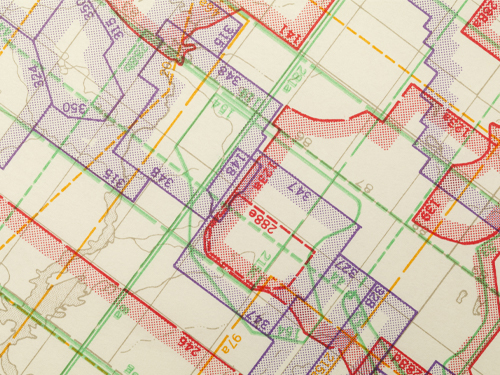

Step 5: Financing and closing
The fifth step in the process of any land purchase for the development of multifamily properties is securing financing for your investment. An important metric to consider at this stage is the loan-to-cost ratio (LTC).
The LTC concerns how much the lender will provide towards financing the project. Usually, this tends to be around 80-85% which means you will need to have the remaining costs covered before being granted eligibility for the loan.
Remember that during the financing process your lender will want ample time to consider the information you provide along with the contract. This means setting an appropriate closing date that works for all parties concerned.
Of course, time is usually of the essence for the investor in this scenario, so be sure not to agree to longer than is beneficial for your situation.
The actual process of closing on the land you have bought shouldn’t take longer than around an hour and a half. Although, closing tends to only happen on a business day, so bear that in mind, when you set a date.
Final Thoughts
Now you know all about the steps involved with buying land for a multifamily property you are in an excellent position to decide whether to forge ahead with such an investment. Of course, to do this, buying the land on which to build is only half the equation, as you will then need to go through the multifamily property construction process.
The most important thing is having a partner to help with your multifamily real estate projects. That is where our experienced and dedicated team at Rockford Construction can help. Indeed, we specialize in full-service multifamily construction jobs, so you’ll know from the outset that your project will be in the best and safest possible hands.

